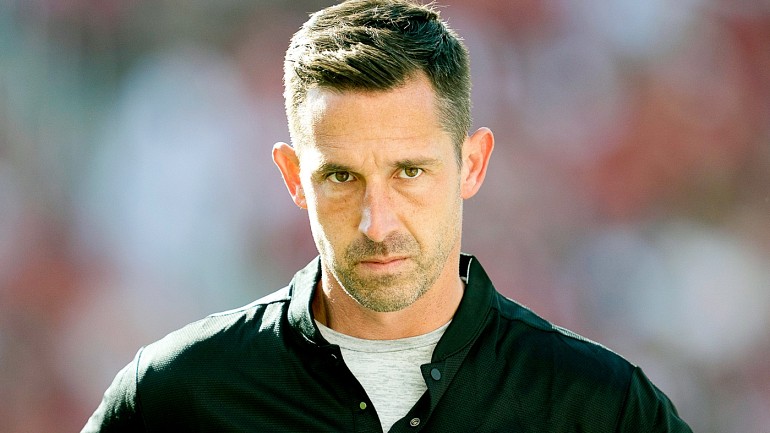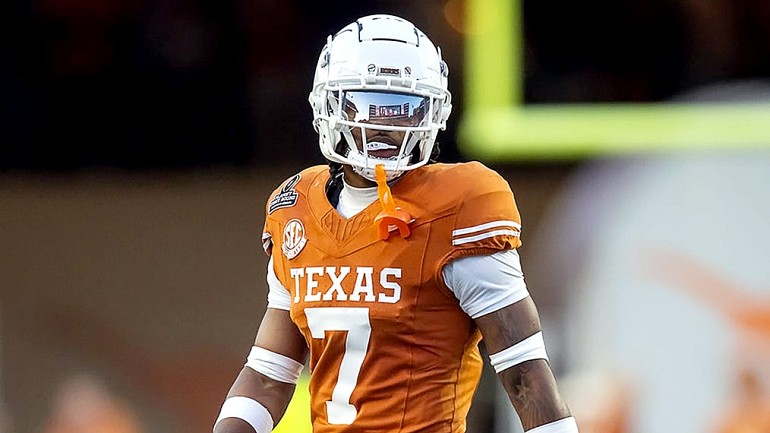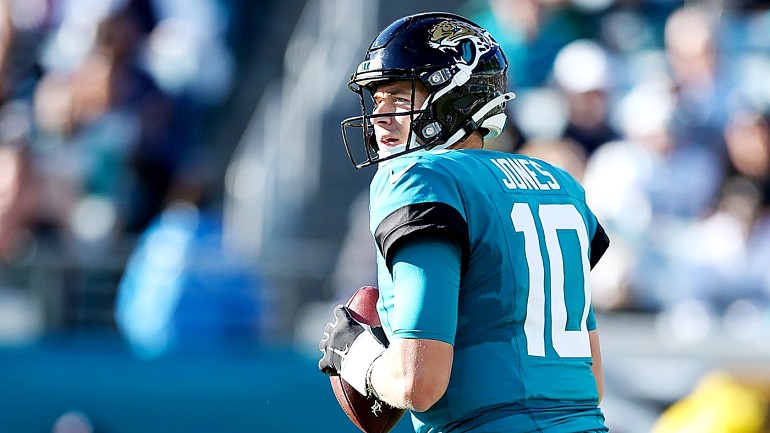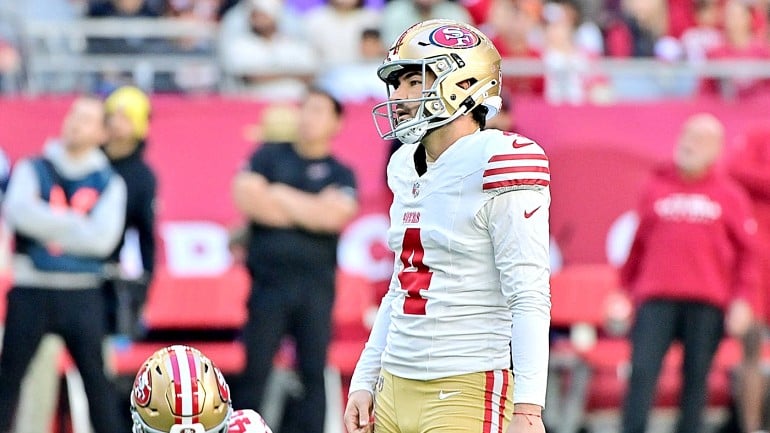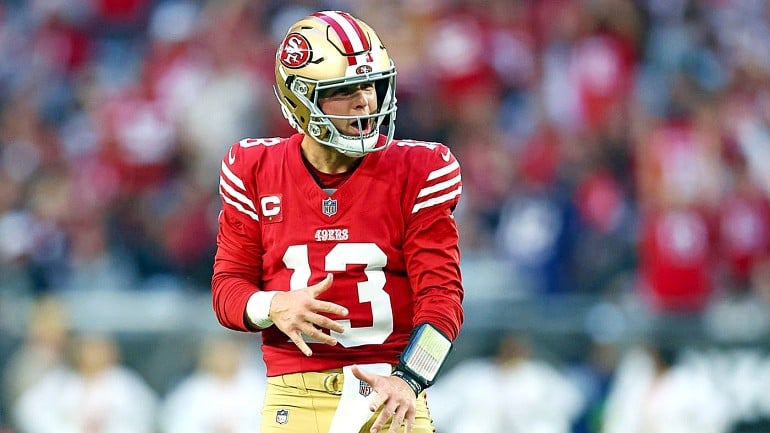San Francisco 49ers head coach Kyle Shanahan is considered an offensive genius. Even with an array of injuries last season, including a season-ending ACL tear suffered by starting quarterback Jimmy Garoppolo, Shanahan's offense still managed to gain 5,769 all-purpose yards -- a number which put the team right in the middle of the pack among offenses last season.
Despite that, however, the Niners finished with the league's worst red-zone scoring offense, registering a touchdown in this area just over 41 percent of the time.
There are more than a few reasons and ways to find blame. But none of that changes the fact that Shanahan and Co. will need to improve upon that number if San Francisco hopes to have a shot at making the playoffs in 2019. Yet former KNBR 680 49ers insider Brad Almquist pointed out how Shanahan has something of a history performing poorly in this area:
His two 49ers teams have finished No. 27 and No. 32 in red-zone offense. In 11 years calling NFL offenses, Shanahan's units have twice finished in the top-10 in red-zone efficiency. His best team, the 2012 Washington Redskins, finished fourth with a 61.8 percent success rate. One year later, they sunk to No. 21.
Perhaps it's a product of preference. Shanahan would rather outsmart you than overpower you. He emphasizes finesse and versatility, which is easily seen with the players he has drafted and signed in free agency throughout the past two years.
Shanahan has long avoided the preference for a big-bodied red-zone target, instead electing for shiftier receiving targets in these crucial situations.
"I don't totally see it that way that you need big guys in the red zone," Shanahan told NBC Sports Bay Area's Jennifer Lee Chan last March. "You throw a couple jump balls all year but usually that goes to guys who have the best ball skills and the coordination, not just the guys who have the highest height."
Perhaps. But it's also feasible to think Shanahan is tweaking his approach to a certain extent.
One of San Francisco's offseason acquisitions, wide receiver Jordan Matthews, looks the part of a red-zone threat. At 6-foot-3 and 215 pounds, he's automatically one of the Niners' biggest wide receivers. Sixteen of his 22 career touchdowns have come within the red zone, too.
Shanahan also noted Matthews can serve as a big slot receiver as well, which could boost those red-zone numbers when he's lined up with shorter, smaller nickel cornerbacks pressed up against the goal line.
Matthews figures to battle it out in training camp with the 49ers' leading red-zone receiver last year, Kendrick Bourne.
Adding running back Tevin Coleman during the offseason also changes things. Coleman, a dynamic pass-catching tailback, has a combined 22 red-zone touchdowns out of his 29 total. His 6-foot-1, 210-pound frame immediately makes him bigger than his other two rushing counterparts, Jerick McKinnon and Matt Breida. And Shanahan may be wise to use that physical strength to merely overpower red-zone defenses this season.
Either way, much of the Niners' successes or failures will hinge on Shanahan's ability to convert those red-zone appearances into six points instead of three.
